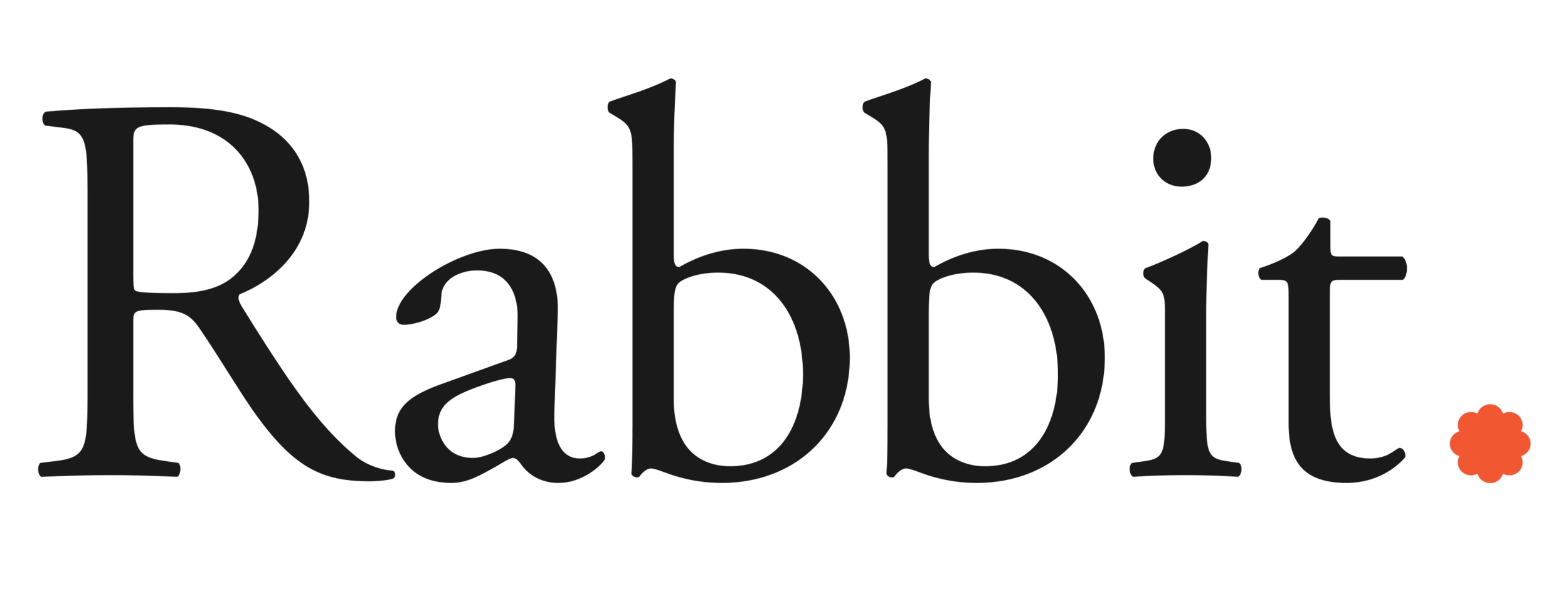RABBIT 21 – Indigenous


RABBIT 21 – Indigenous
‘All is not lost or hopeless when there is poetry.’
Natalie Harkin, Rabbit 21.
It is not lost on me that the name of this journal tugs against the current issue’s dedication to Indigenous poetries—the rabbit is a pest, an interloper, on Australian soil; a signifier of colonisation. I grew up with rabbits all around: big white bunnies with brown spots that were our pets, dragging the hutch across the lawn to mow another patch of grass; wild rabbits in the paddocks that had to be controlled; Nanna’s rabbit stew; Nanna saying KFC was actually rabbit meat; rabbits in the headlights with myxo-eyes; a hind leg and two kidneys deposited by a fox beneath the car. When I was born, my sister gifted me her toy rabbit, and he is still a constant companion.
As we grow, we develop an awareness of heritage, history, context. We learn to question what we have been taught, what may have been left out. When I was in high school, the history of Australia was taught through a sweeping and warped lens; Indigenous genocide and dispossession was a subject brushed over on the way to studying the harsh conditions endured by settler colonies. Literature classes were white-washed; Indigenous writers unquestioningly avoided. I knew more about rabbits than I did about the traditional peoples on whose land those rabbits flourished.
Poetry helped to correct my vision. As I developed a love for poetry, my awareness and appreciation of Australian Indigenous literatures advanced alongside, and part of this was due to the powerful and educating influence of poetry communities. Tony Birch, at one time my university tutor, introduced me to the work of poets such as Samuel Wagan Watson and Lionel Fogarty; poetry friends and colleagues educated me on fierce women writers such as Oodgeroo Noonuccal and Ali Cobby Eckermann.
More recently, festivals and poetry events have enabled me to connect with indomitable poets Ellen Van Neerven, Natalie Harkin, and Alison Whittaker. ‘Indigenous poetry’ is irreducible; yet, as the poems in this issue demonstrate, indigenous writers are frequently seeking to test and push the boundaries of language and the line in writing place, voice and history.
I am grateful to the hard work of Alison Whittaker in editing the poetry for this issue and in bringing together such a rich confluence of tal- ented indigenous voices—both established and emerging—from around the globe. It is equally wonderful to celebrate indigenous art and writing through the reviews, interviews, essay and artwork.
This Rabbit wishes to acknowledge the traditional owners of the land on which it is published; to acknowledge all traditional owners globally who have suffered the effects of colonisation, who persevere, rally together, find voice in beautiful art; to welcome indigenous voices to contribute to many Rabbit issues to come.









